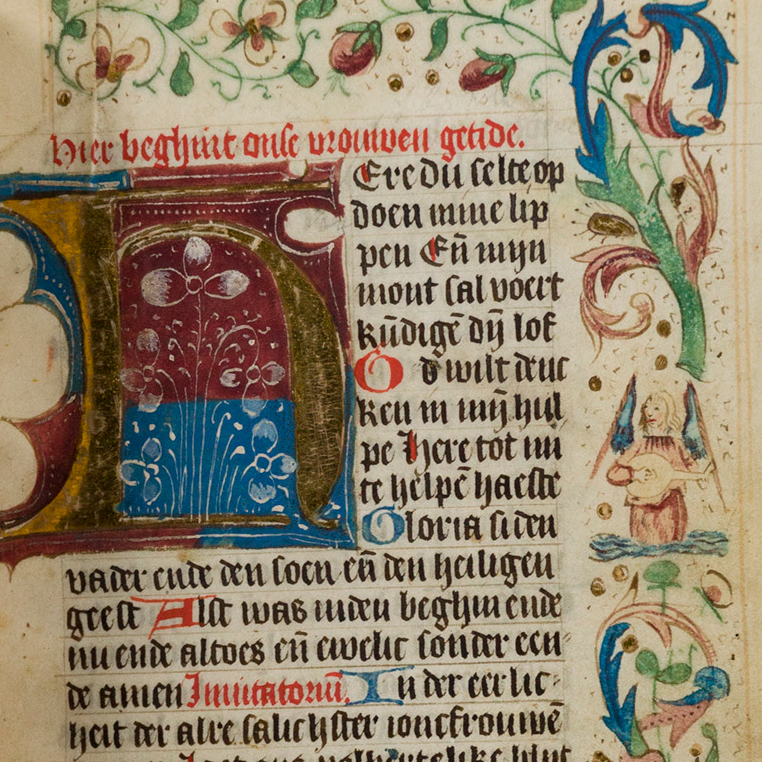
Specialist

Exhibition Hours
By Appointment Only
Sale 2543 - Lot 246
Additional Images
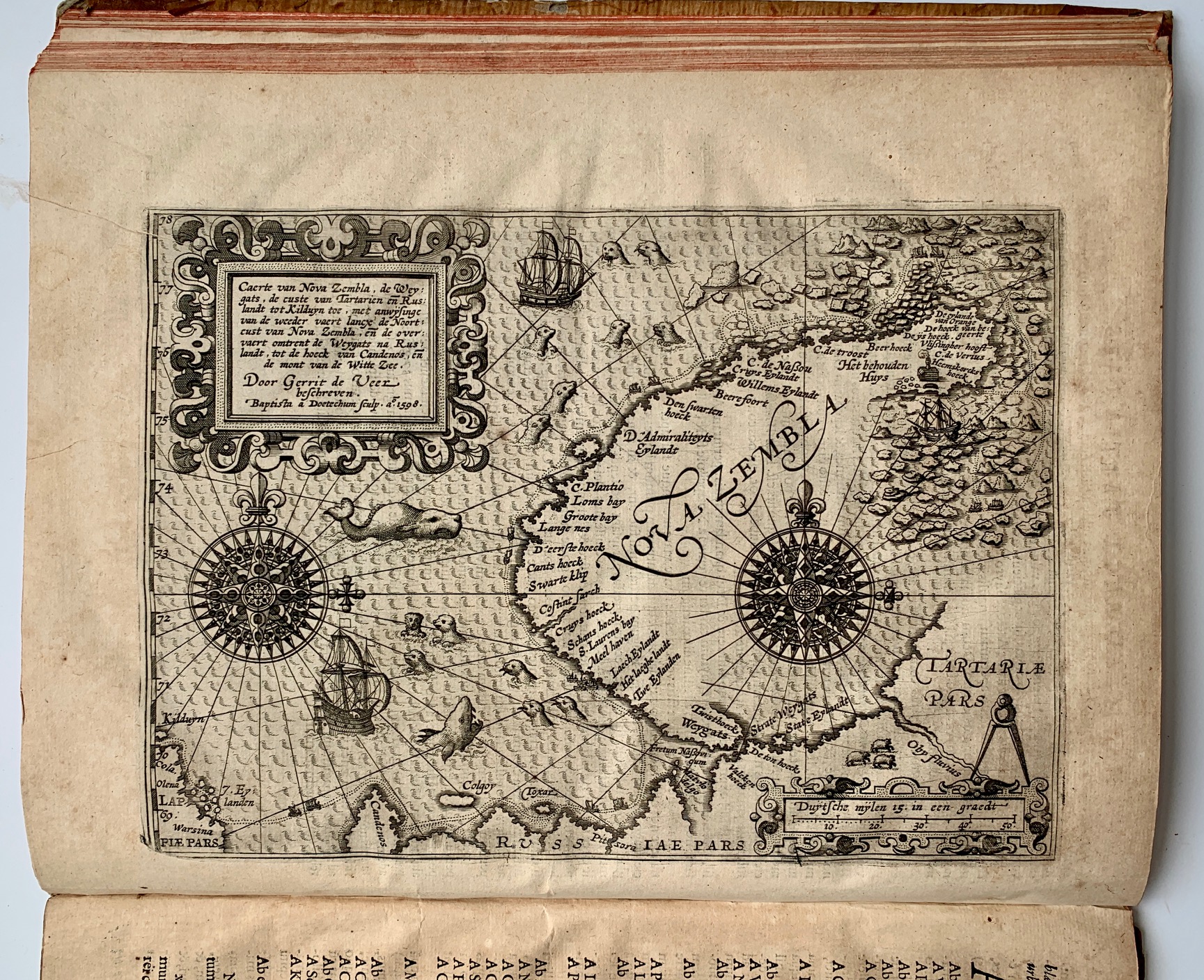
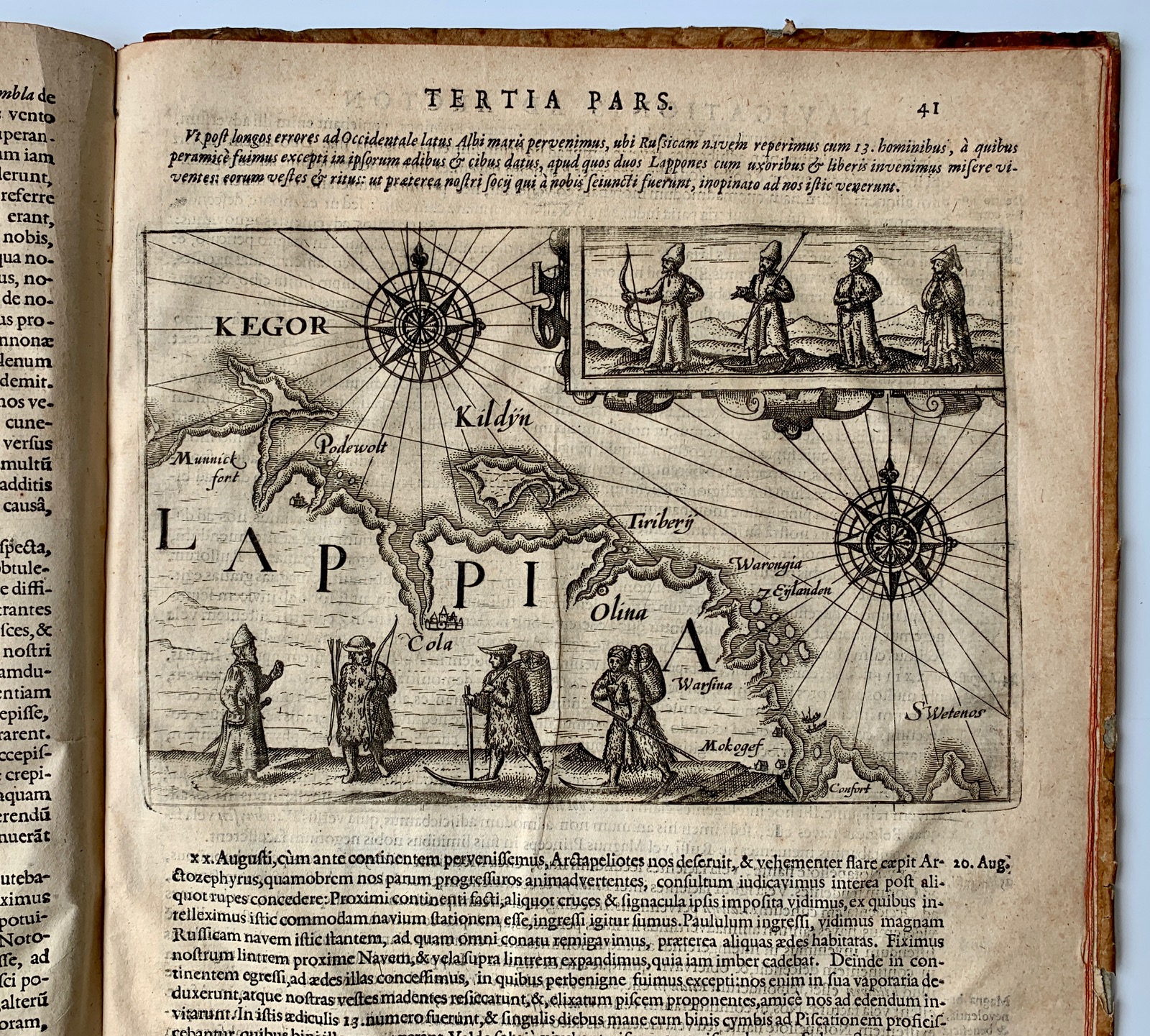
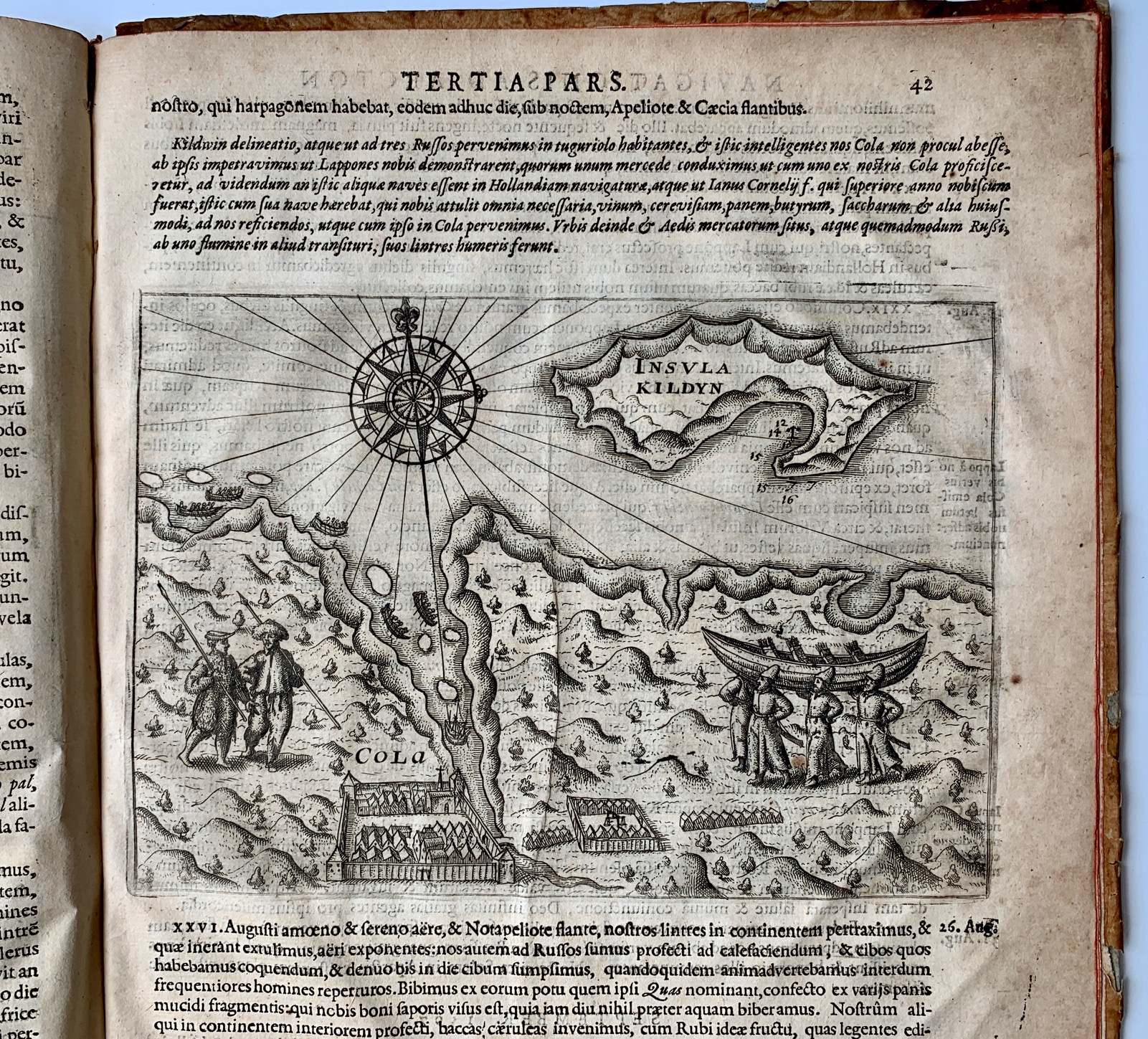
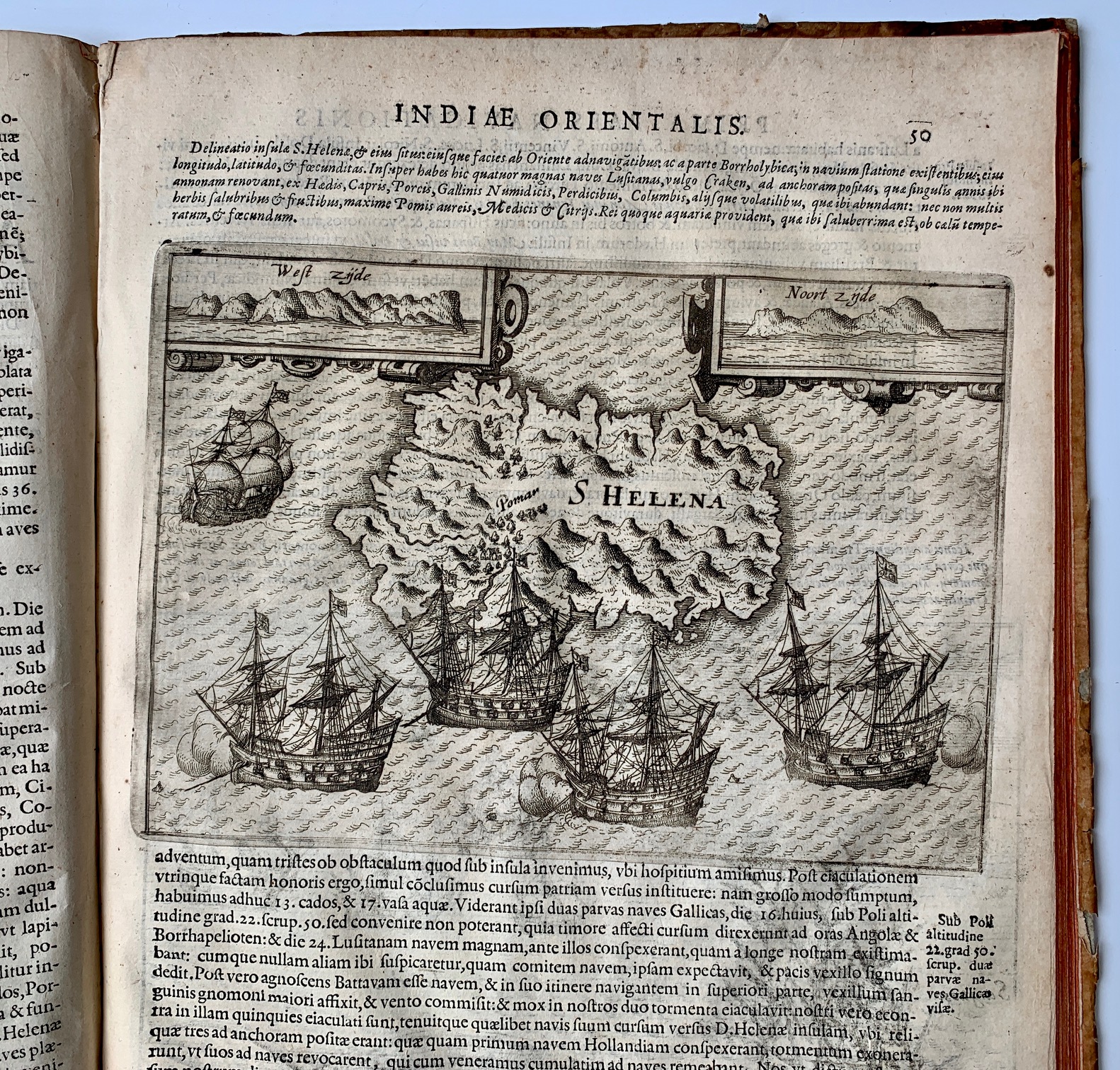
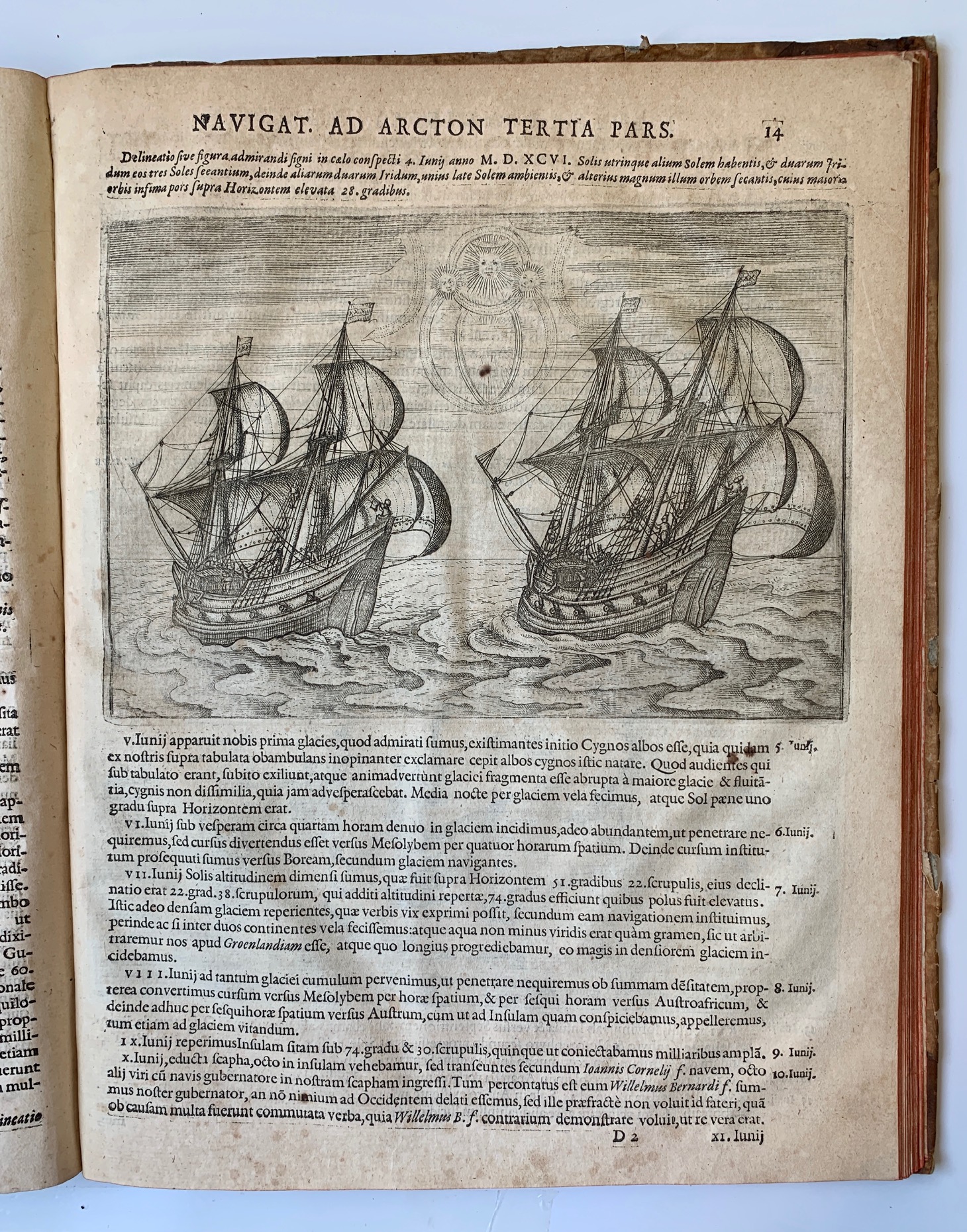
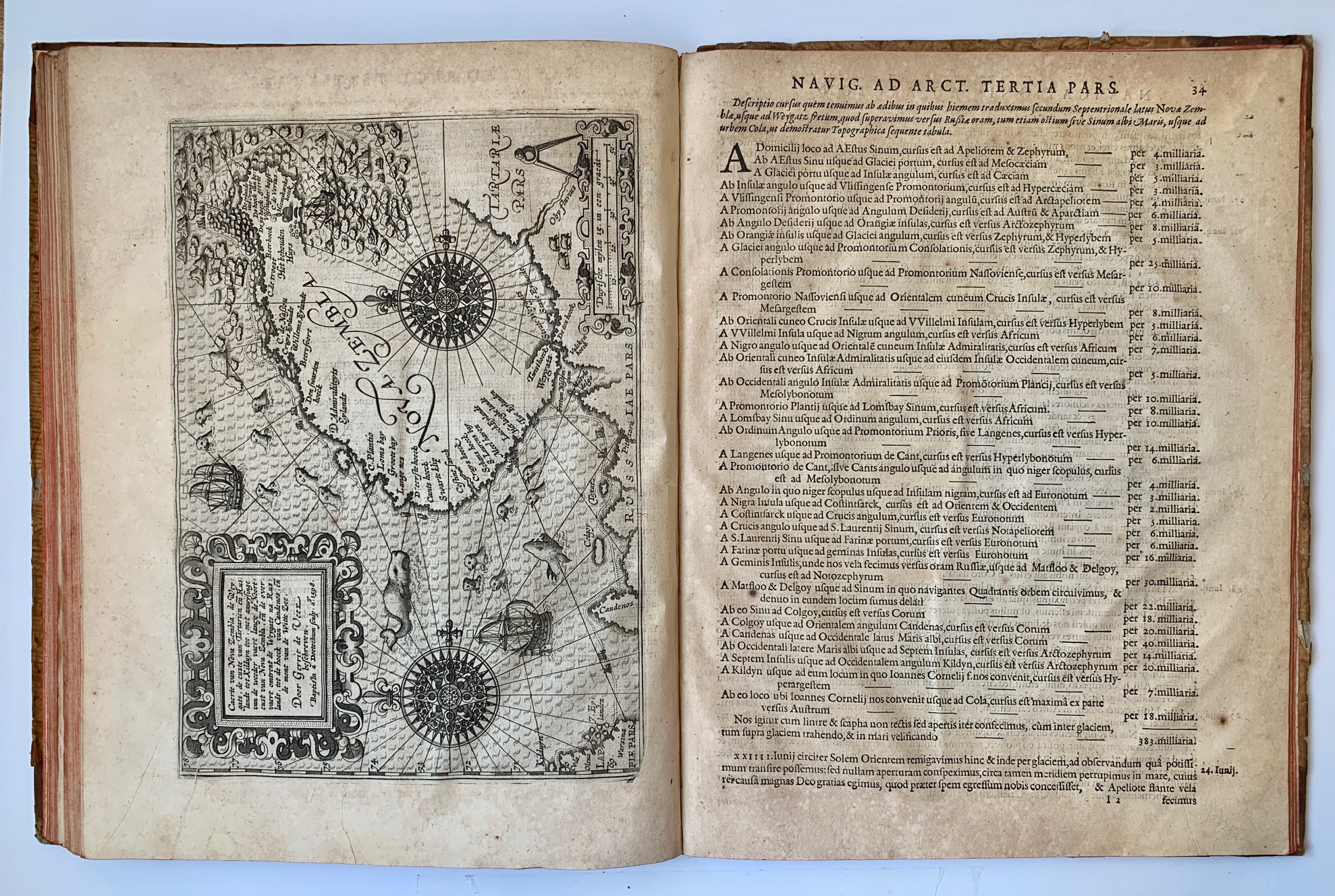
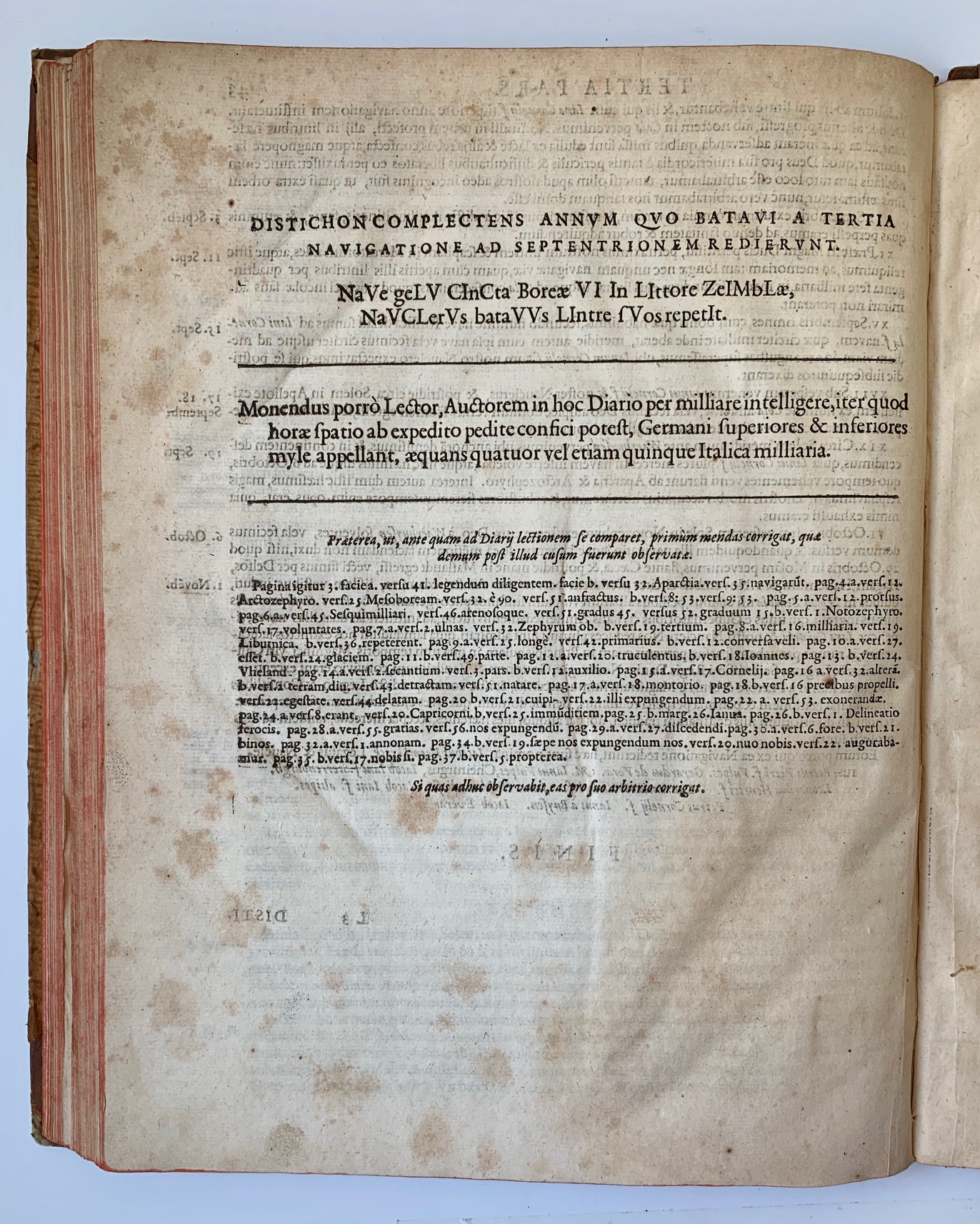
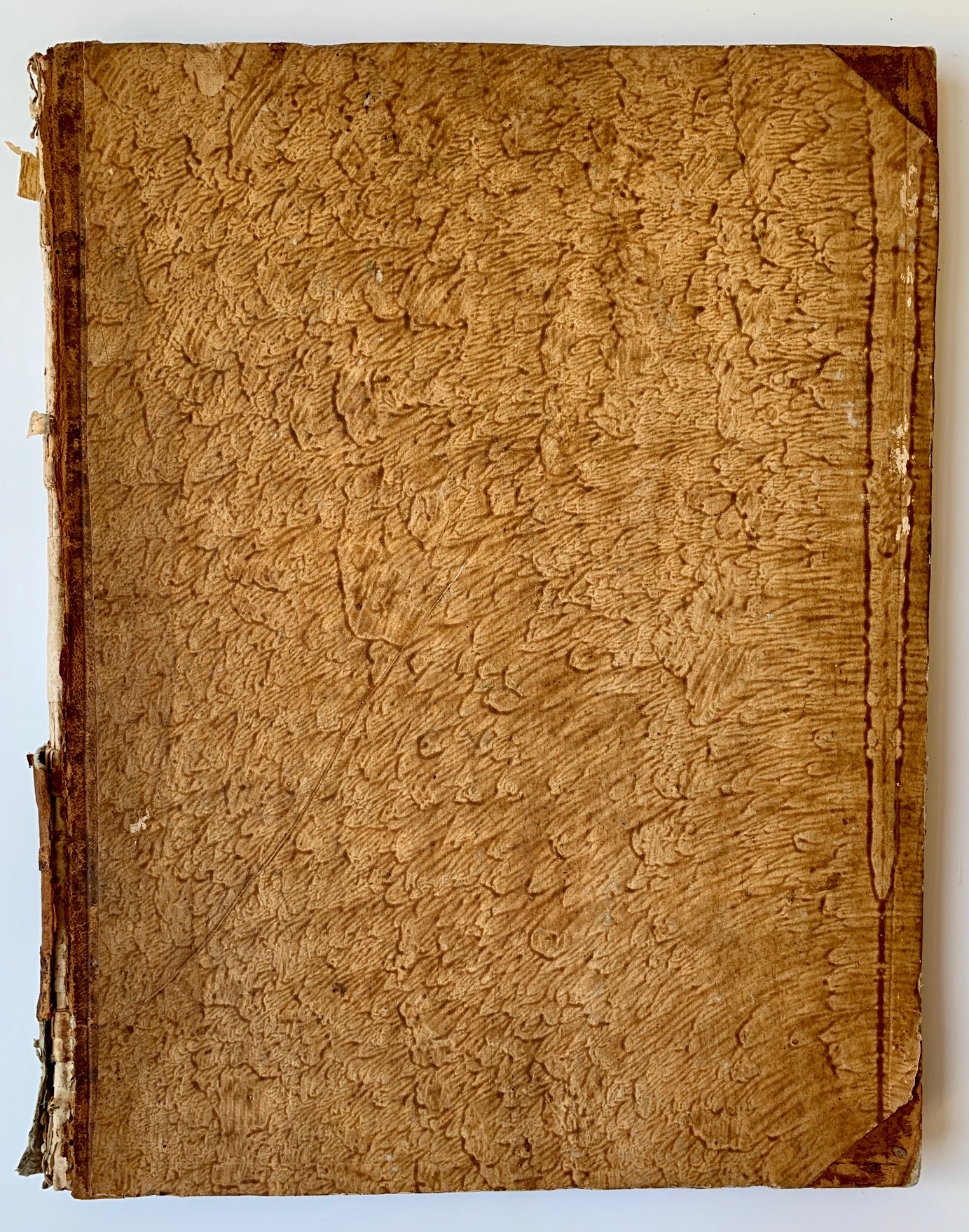
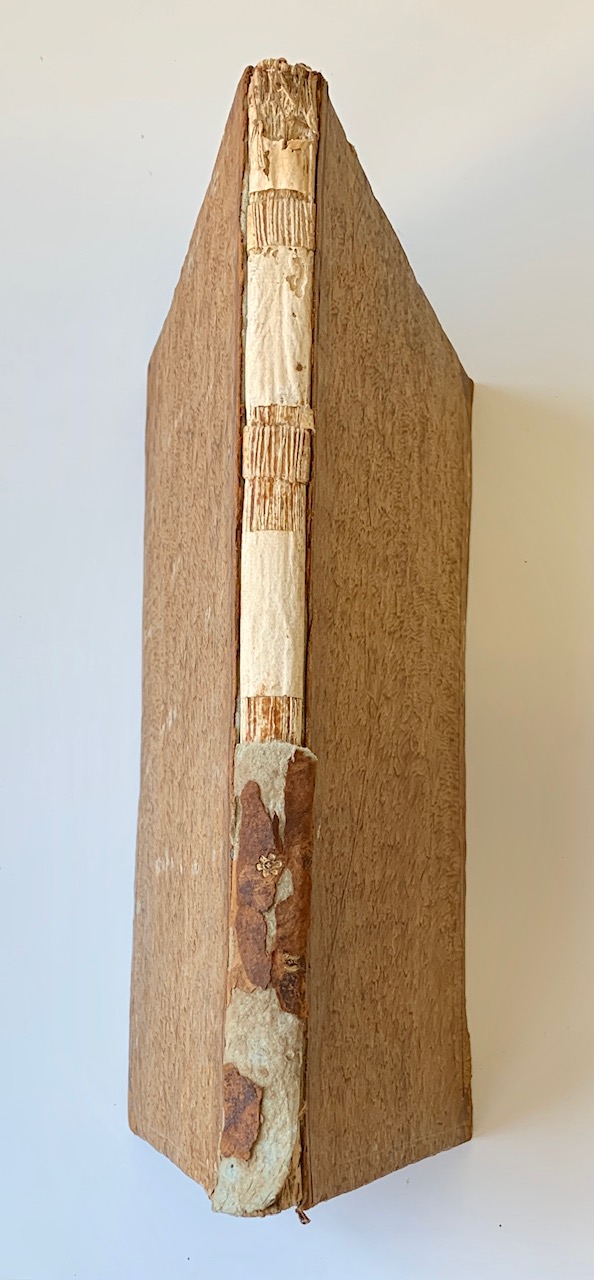
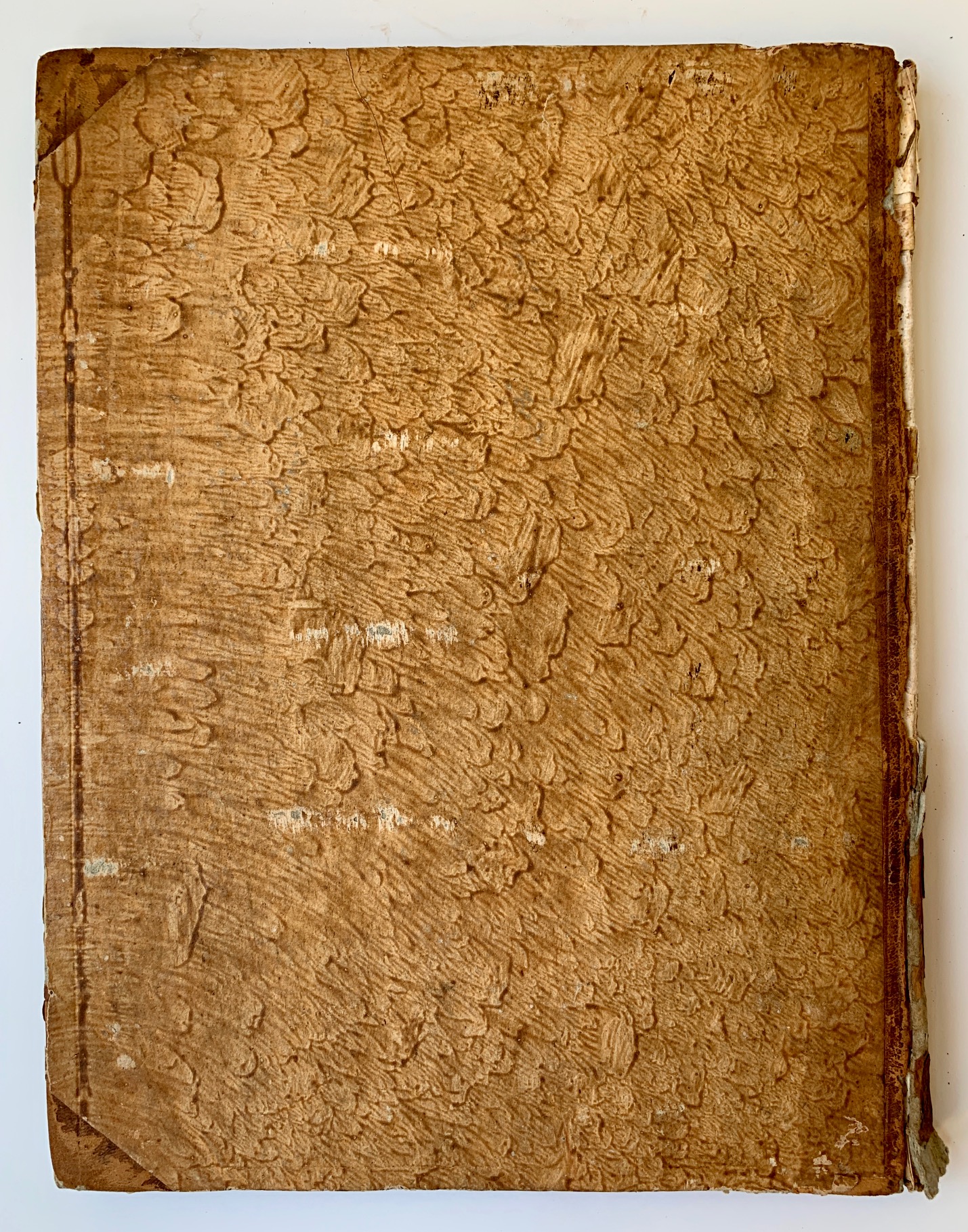
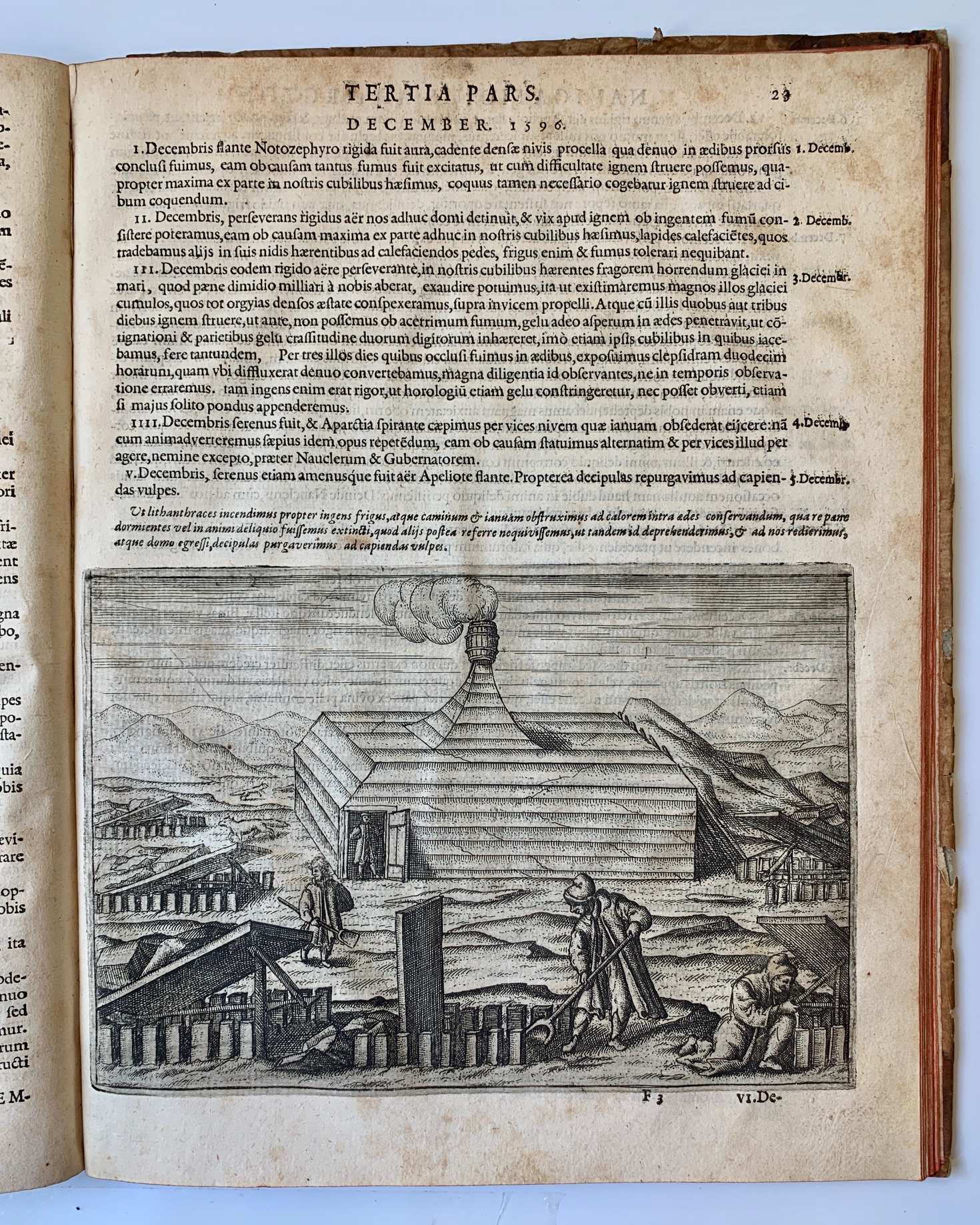
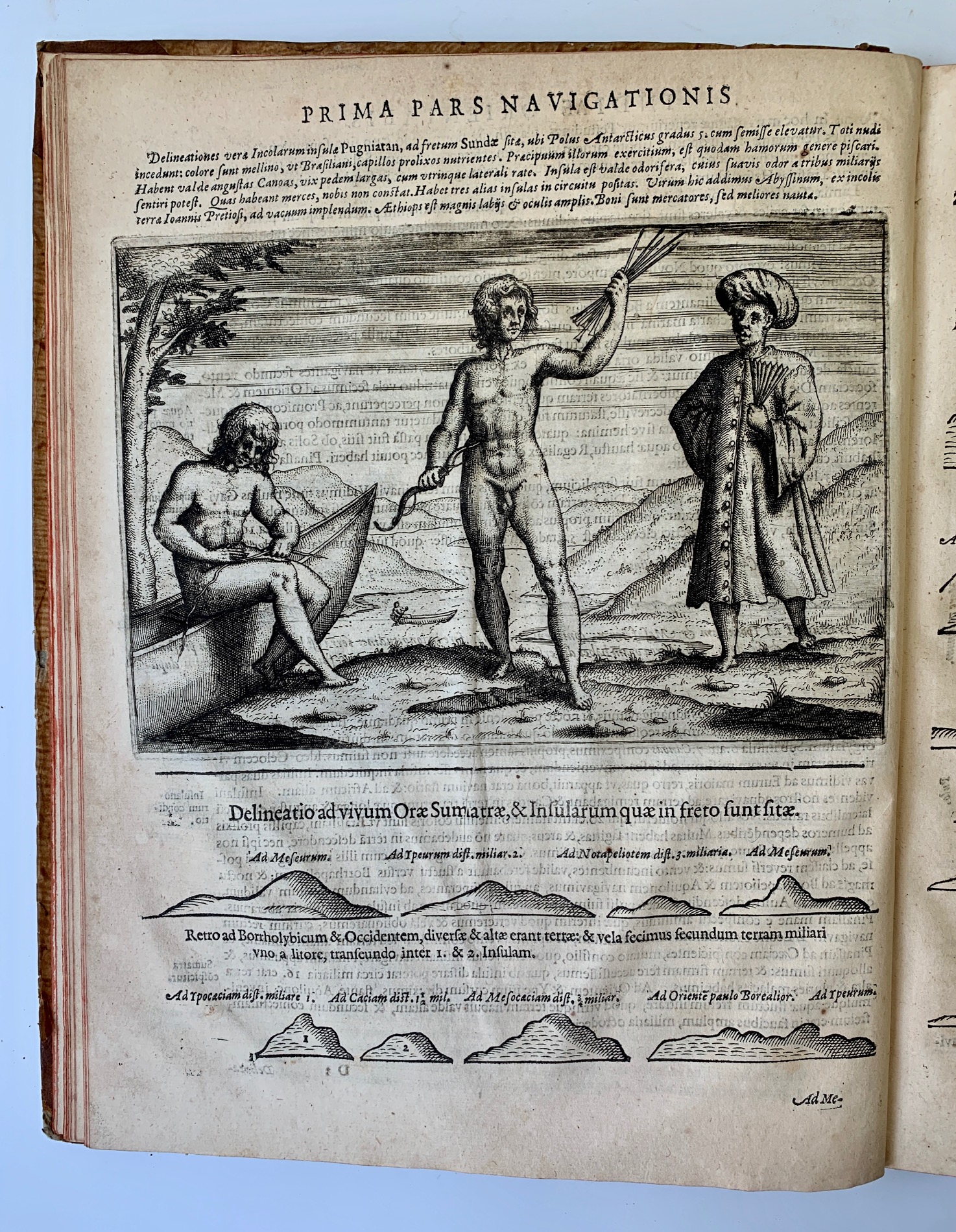
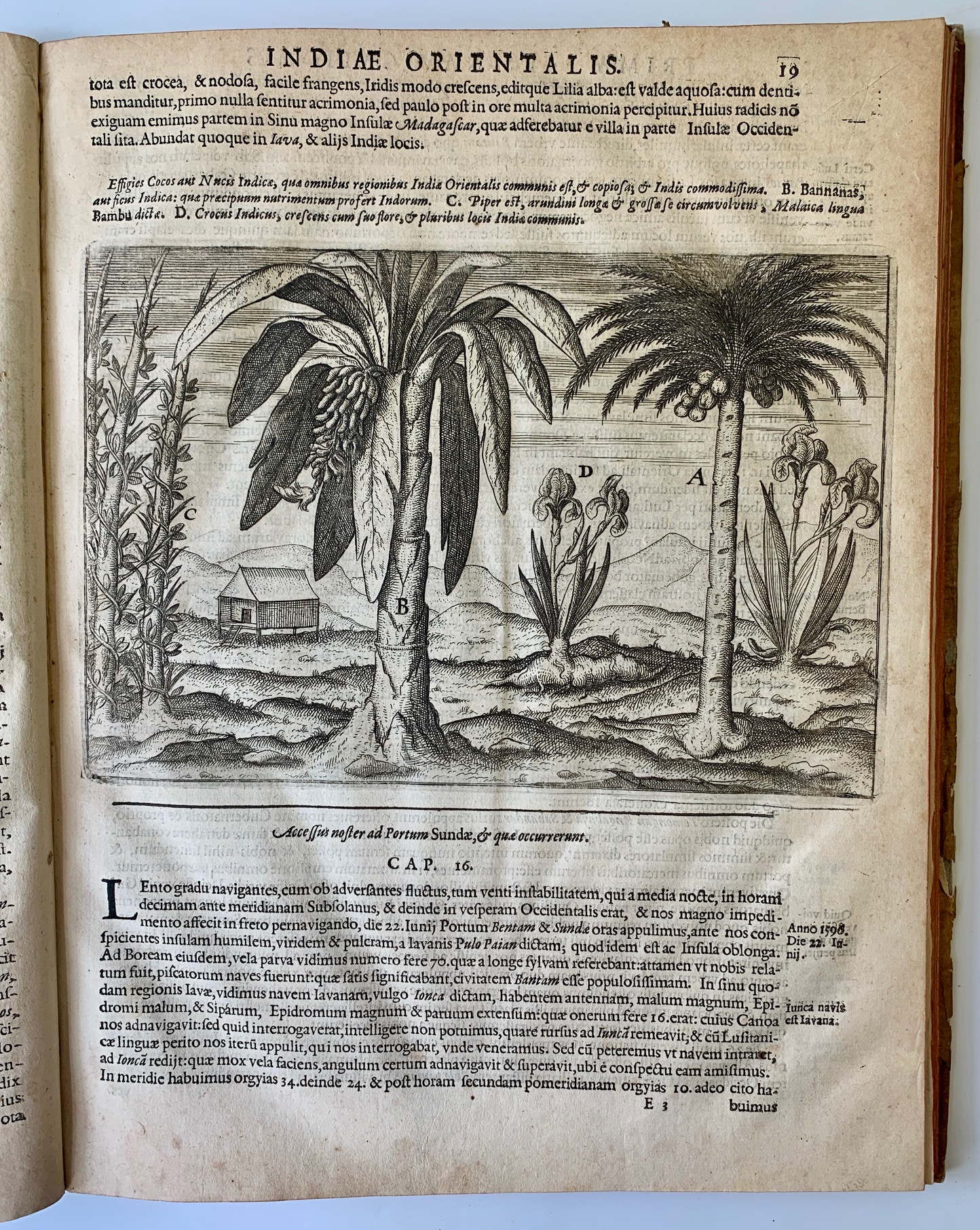
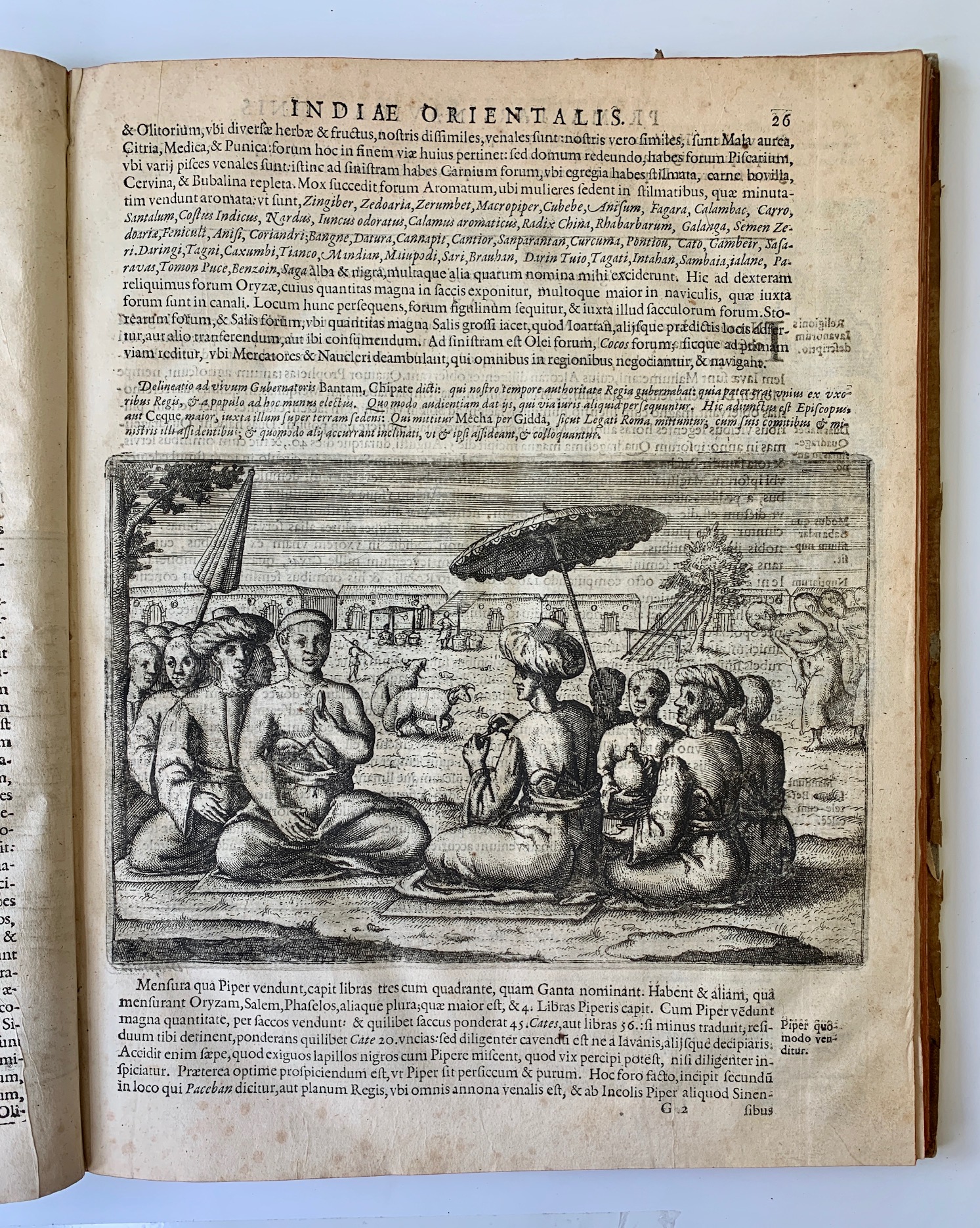
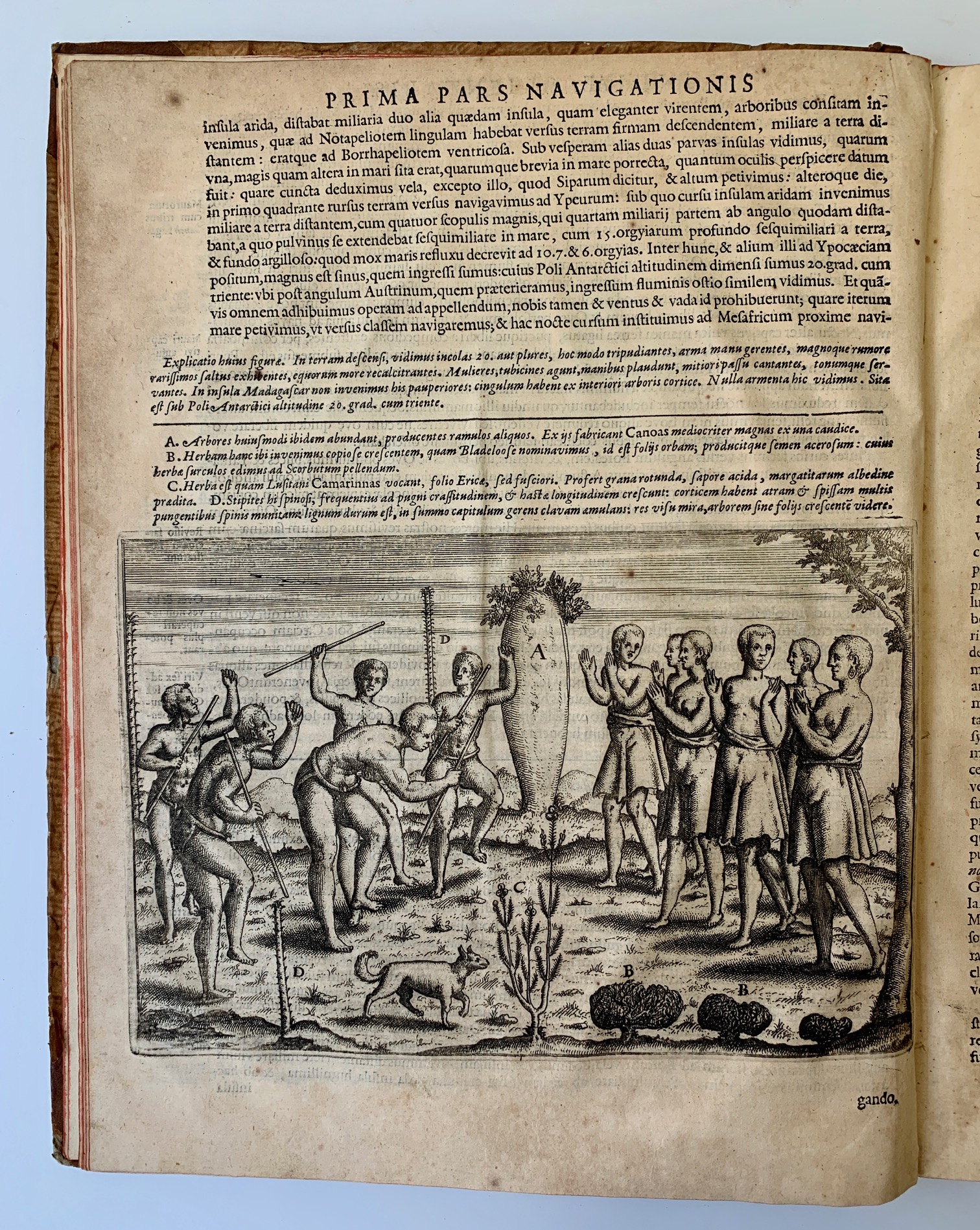
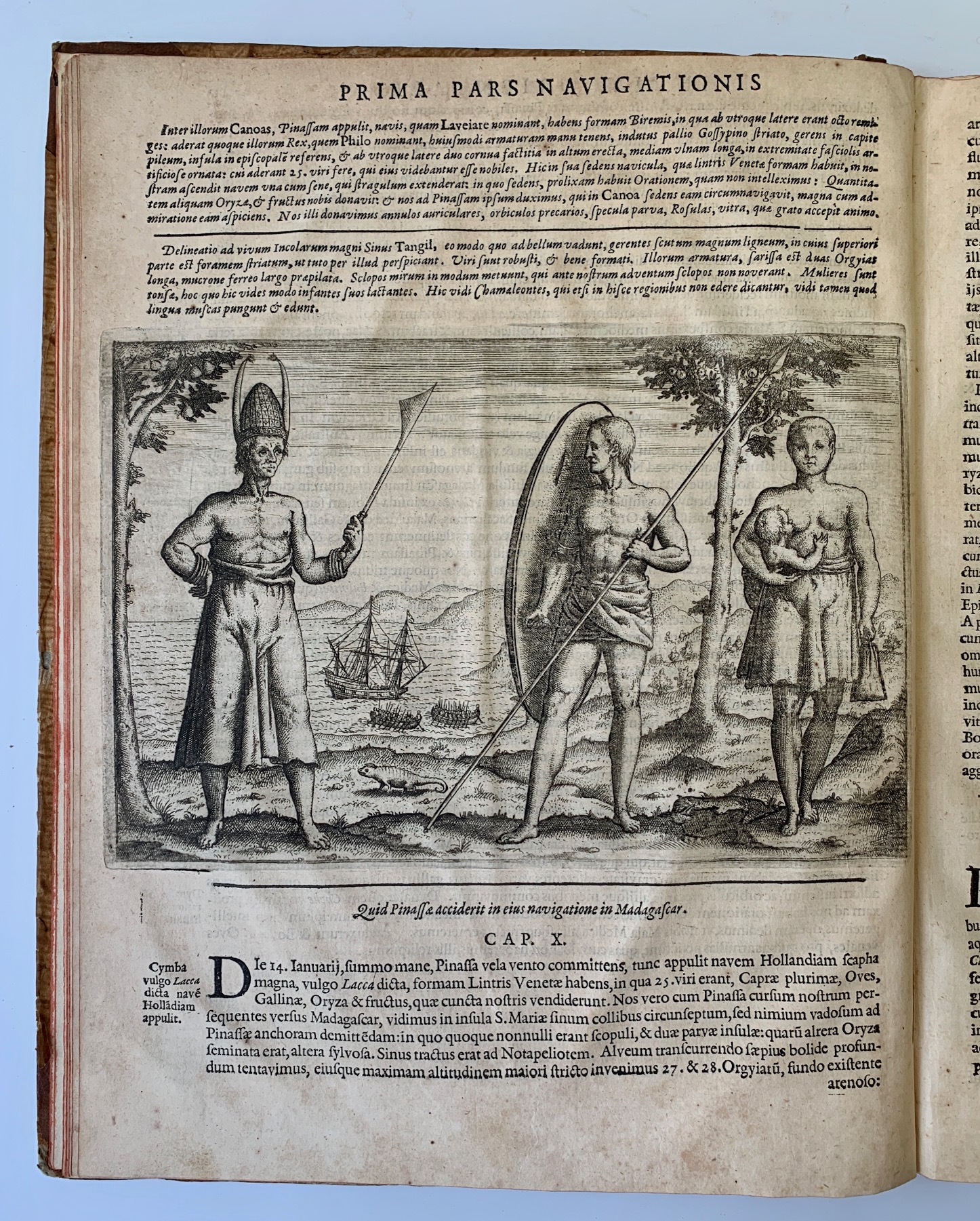
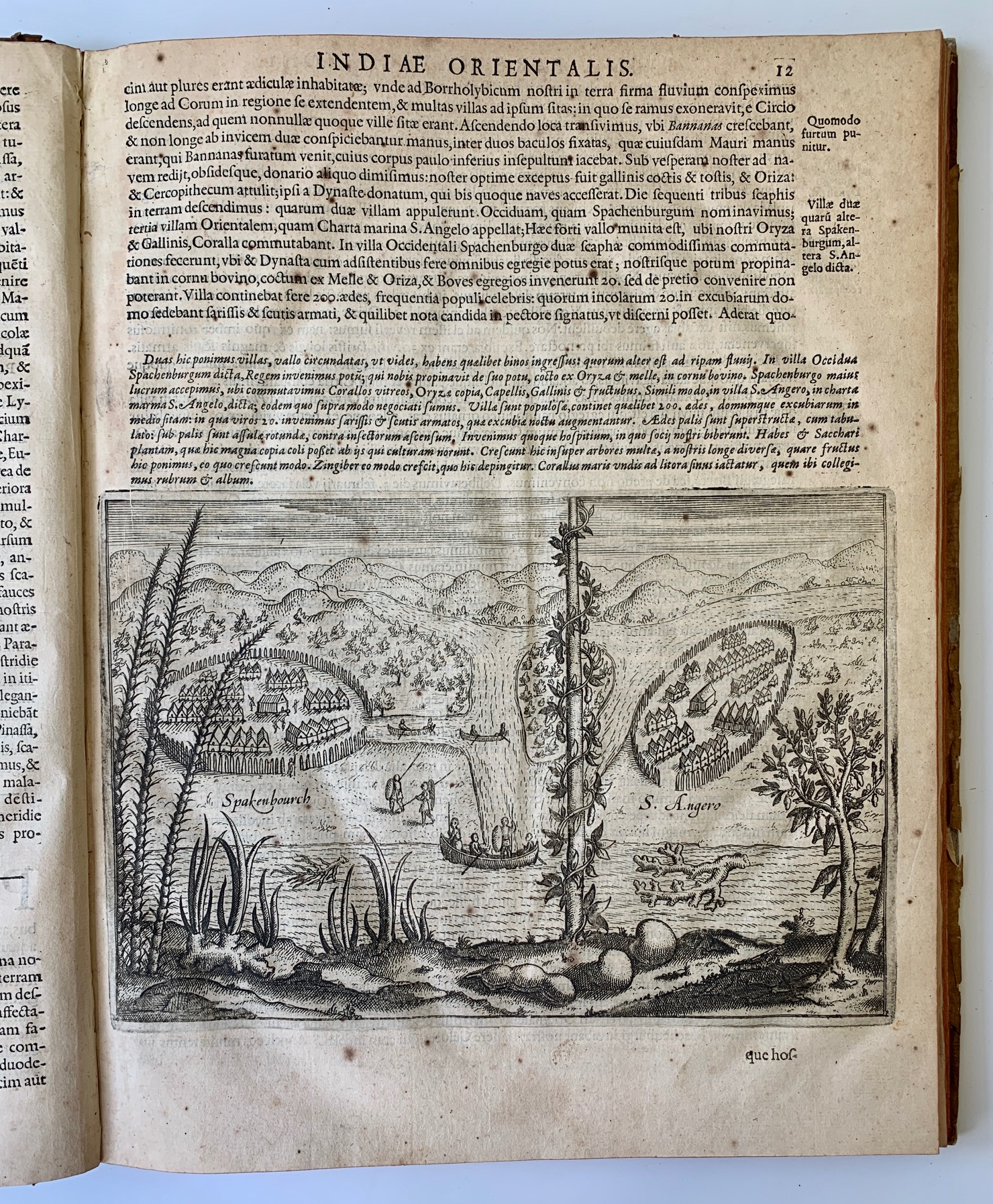
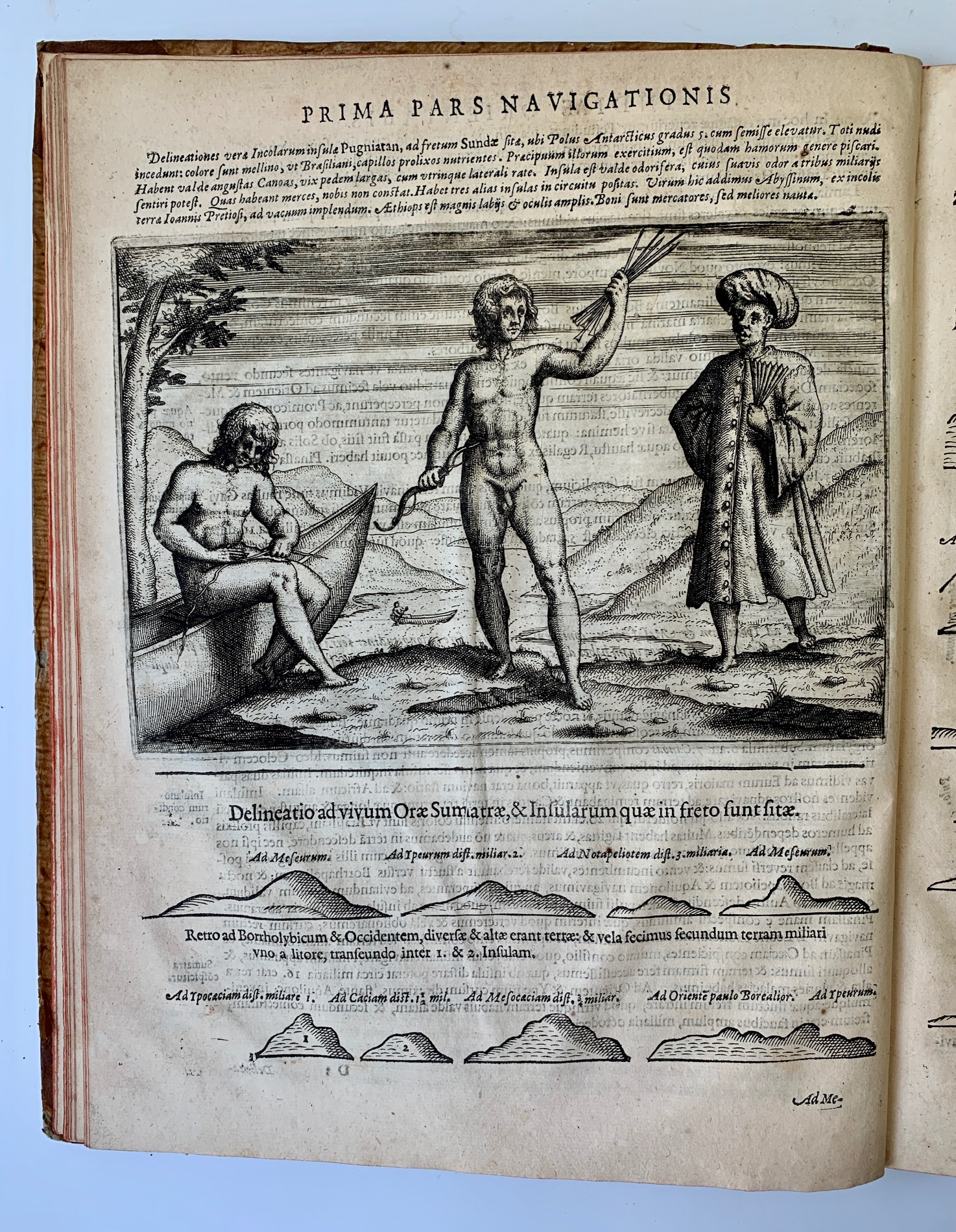
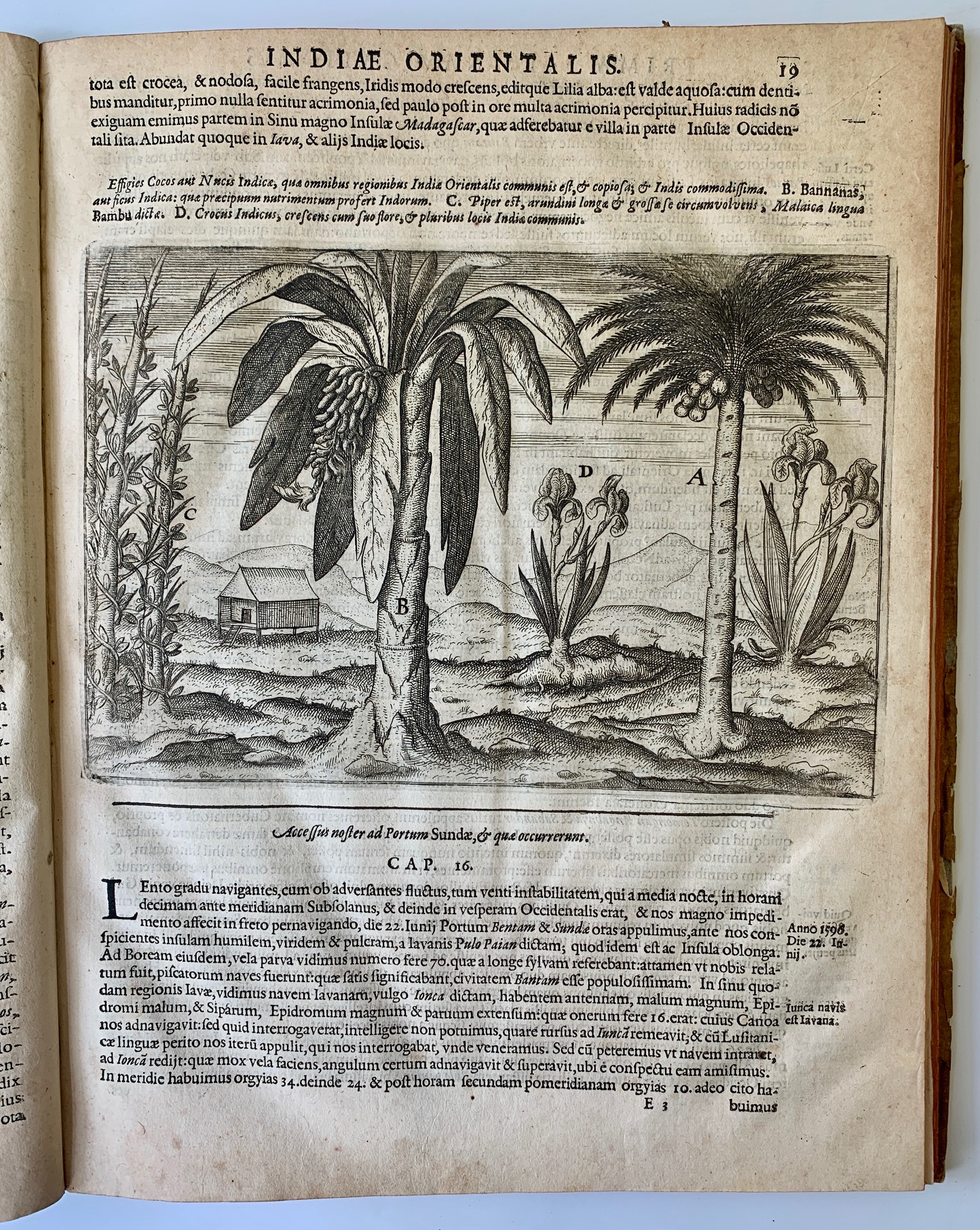
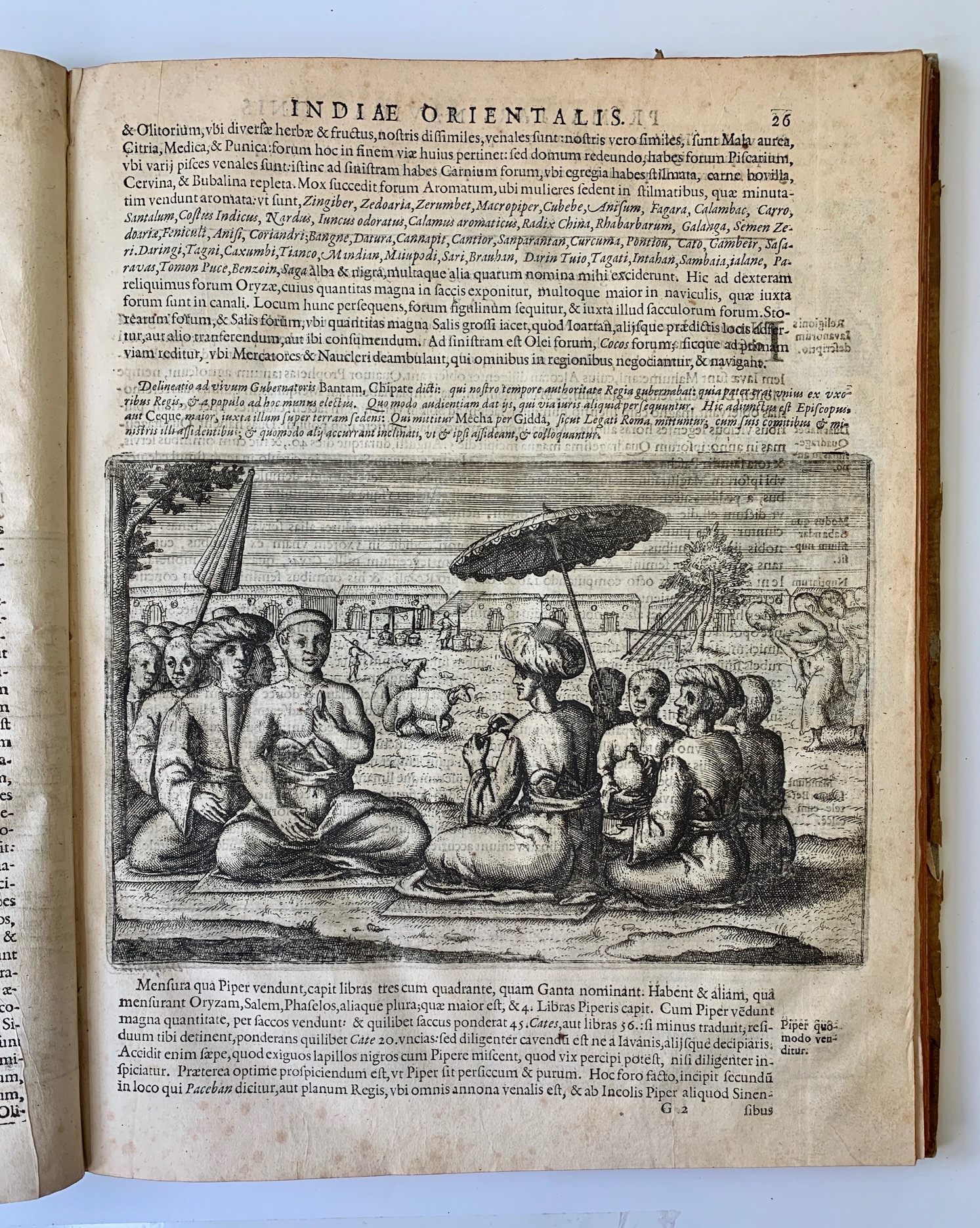
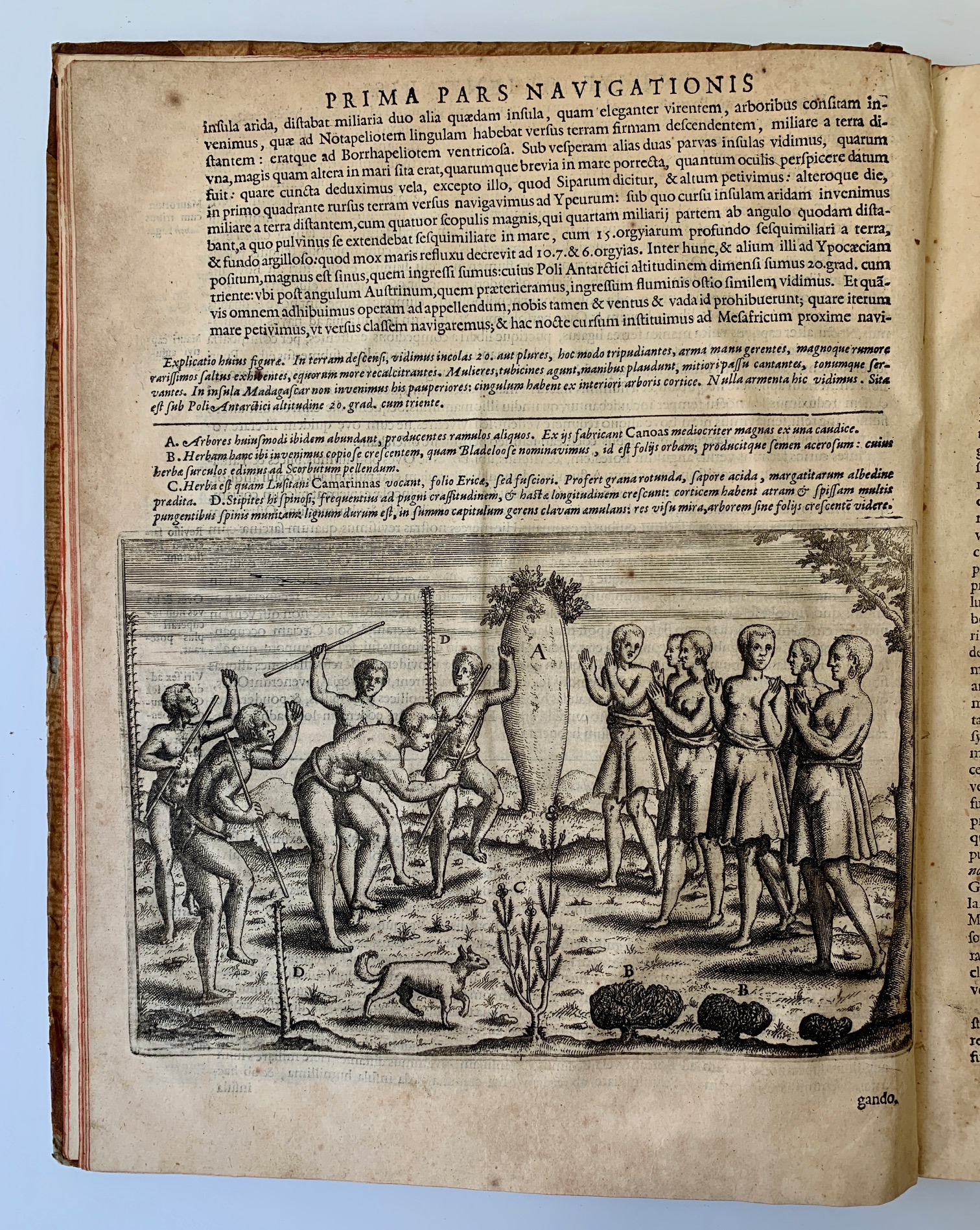
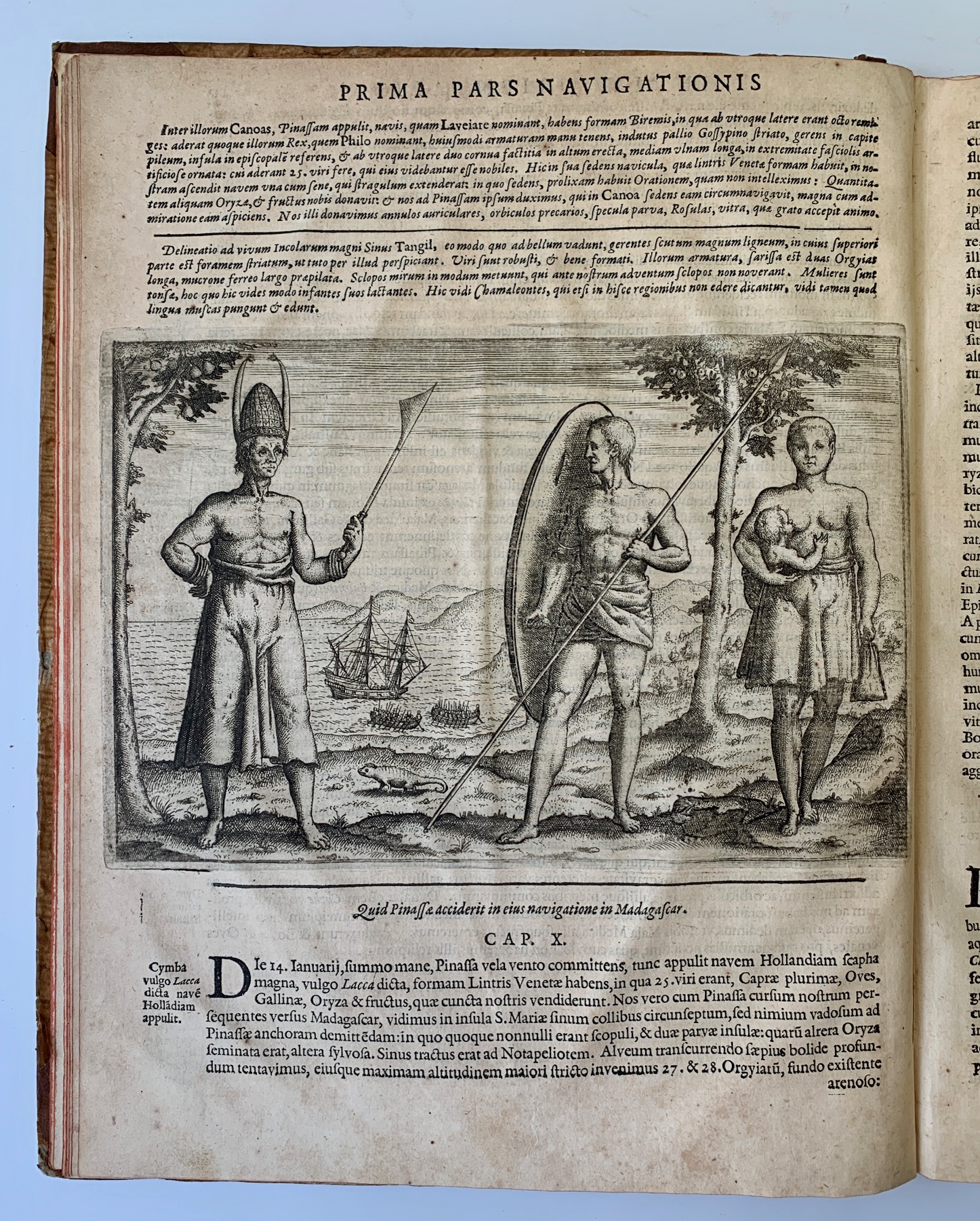
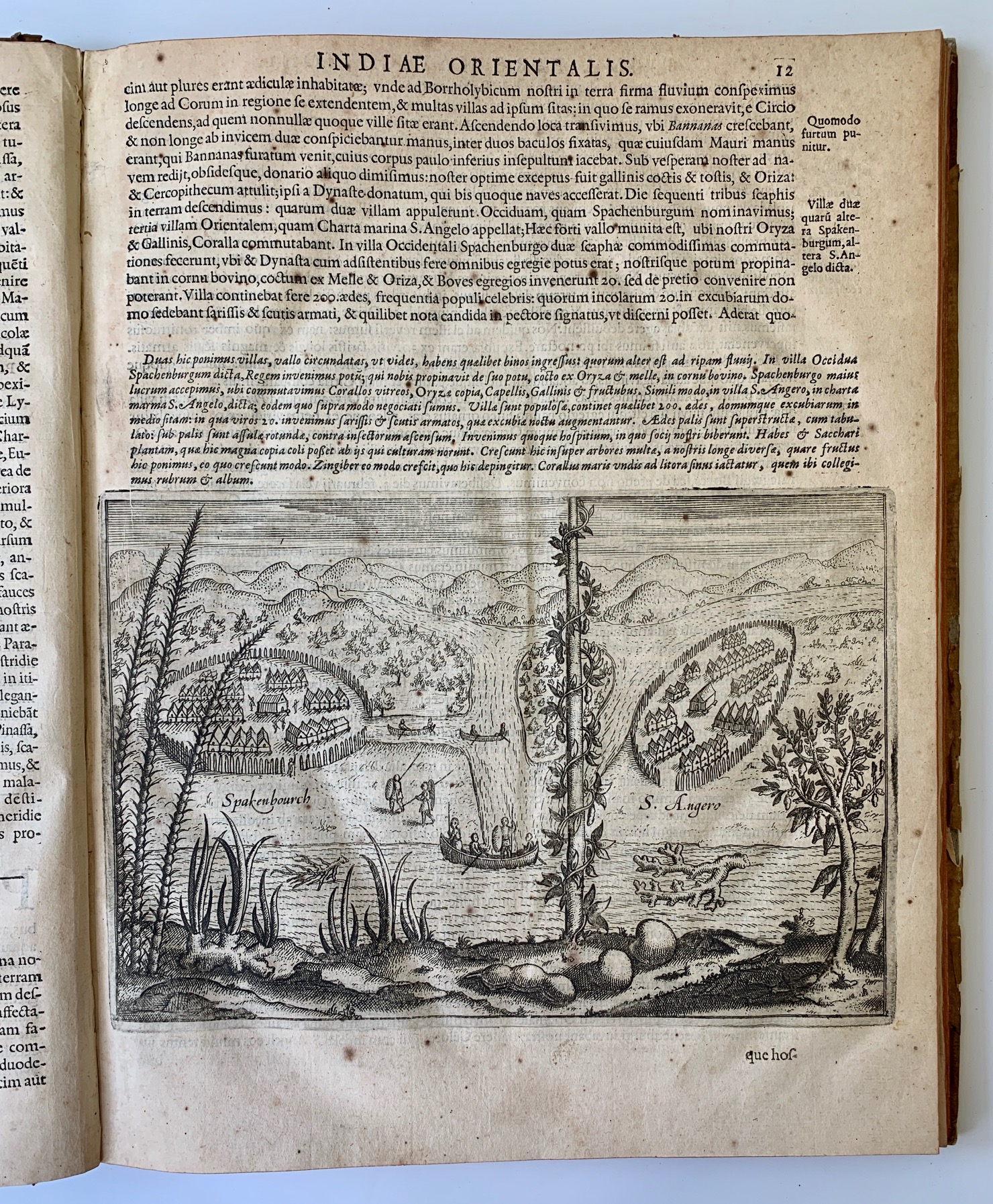
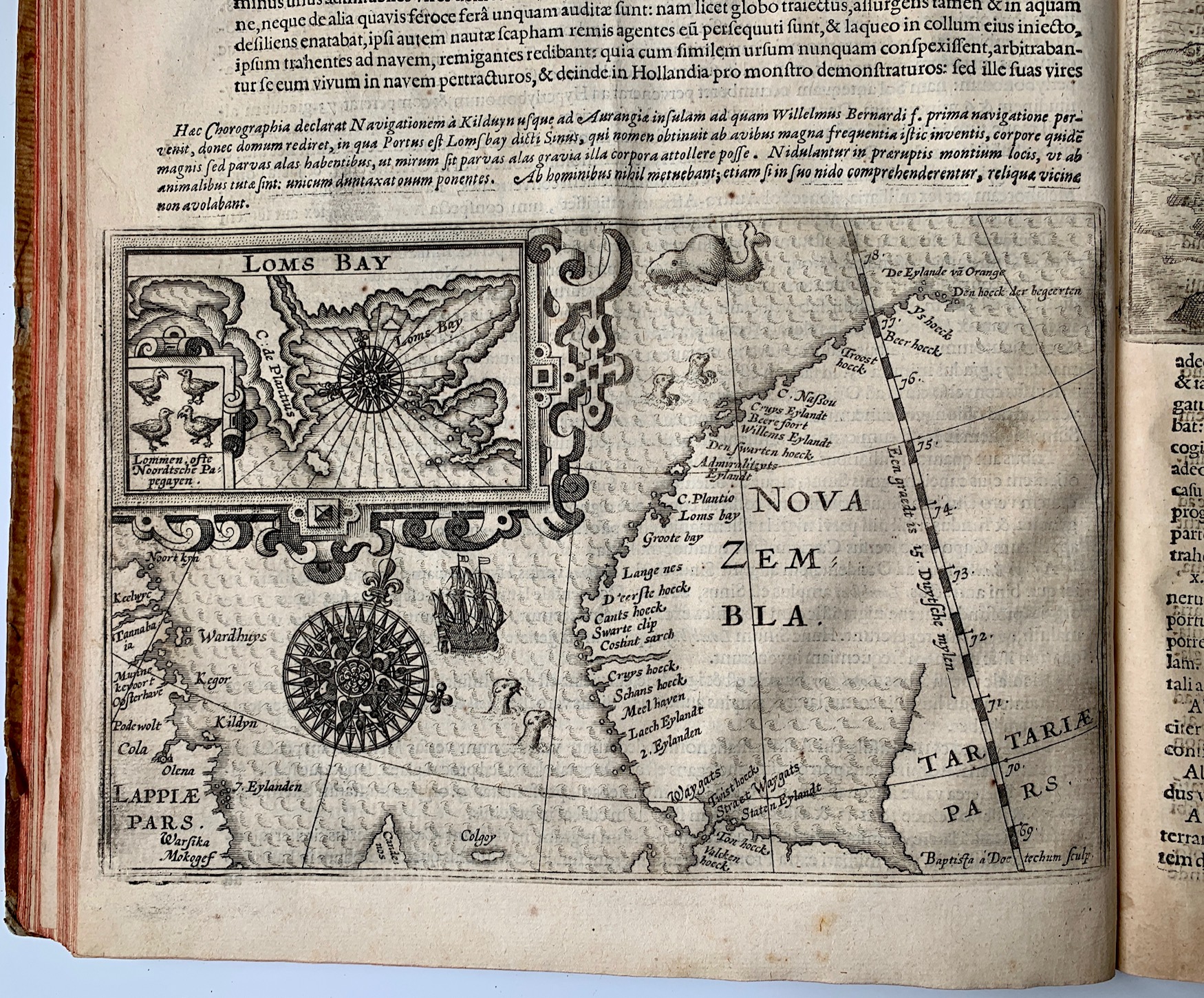
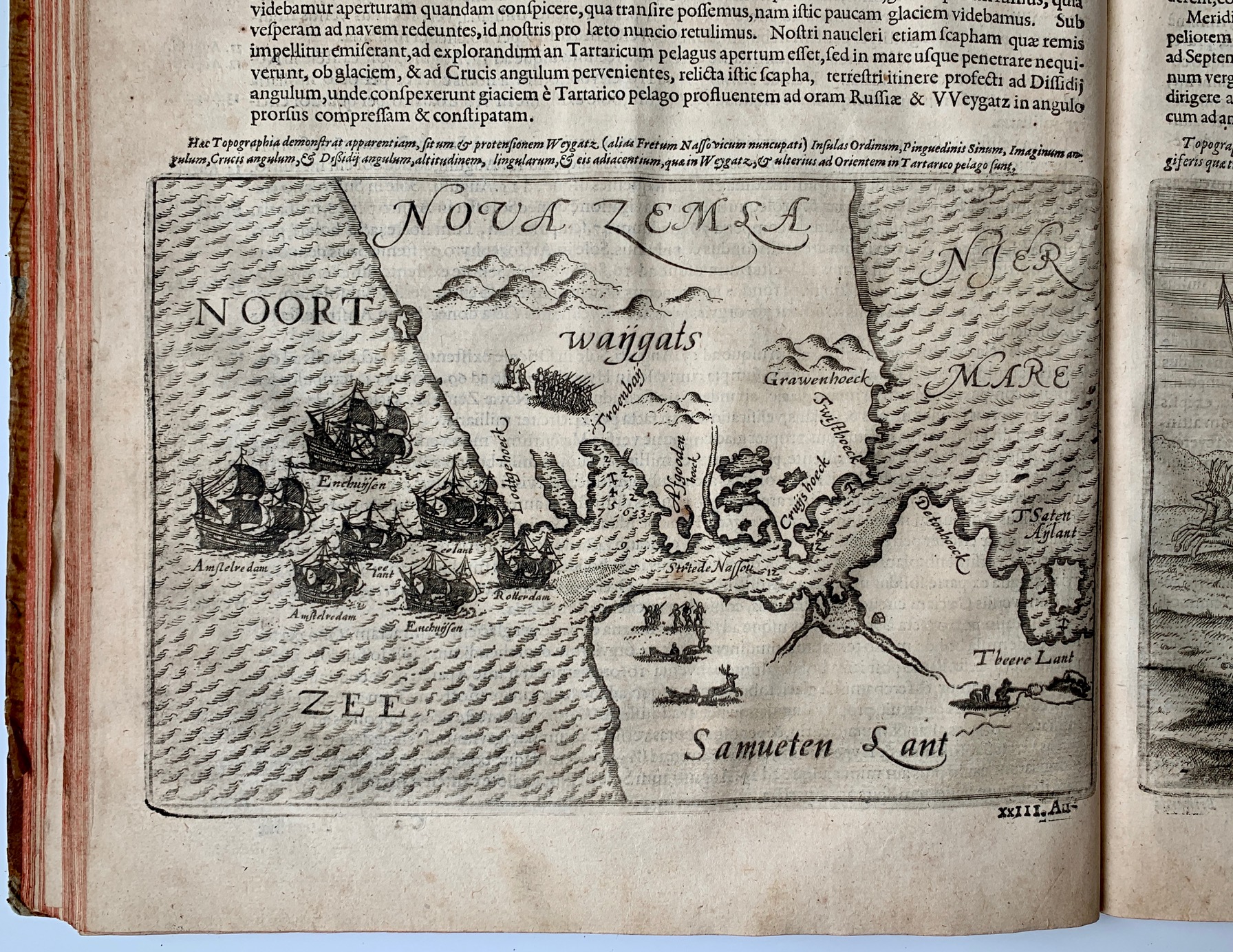








1 /
25



























Estimate: $ 10,000 - $ 15,000
de Veer, Gerrit (c. 1573-1598) Diarium Nauticum seu Vera Descriptio Trium Navigationum Admirandarum. Folio, [bound with] Willem Lodewijcksz's (d. 1604) Prima Pars Descriptionis Itineris Navalis in Indiam Orientalem, Amsterdam: Nicolaius, 1598; the Lodewijcksz illustrated with large engraved map of the Eastern hemisphere on title, forty-eight large, almost all half-page text engravings illustrating indigenous people, plants, animals, nautical views, one leaf with a view folded at fore-edge, one engraving of coins printed on a leaf not integral to a signature; and approximately thirty-eight text woodcuts most showing coastal profiles and anchorage charts for mariners; the de Veer illustrated with a large engraving to title illustrated in separate panels depicting highlights of the adventure, thirty half-page text engravings, and one full page map, de Veer's Nova Zembla; the two works bound together in 18th century quarter sheepskin and paste paper boards, worn, spine mostly gone; 18th and 19th century inscriptions to ffep, library blind stamp to first title; contents with some spotting and minor defects, toning, at least one minor marginal paper repair, 12 1/4 x 9 1/8 in. Amsterdam: ex Officina Cornelius Nicolaius, 1598.
De Veer's important illustrated journal chronicles three ill-fated Arctic expeditions led by Willem Barentsz (c. 1550-1597) between 1594 and 1597. Searching for a northeast passage by traveling north of Siberia, the sailors were forced to turn back in both of the first two voyages, encountering sea ice and bad weather. Much polar bear action is related in the text and images, with the animals repeatedly attacking and killing the Dutch adventurers. The attempt to collar a wounded polar bear and wrangle it aboard the ship on a leash ended badly. On the third voyage, their vessel became trapped in the ice, forcing sixteen members of the crew to spend the winter in the Arctic Circle. The intrepid mariners constructed an ingenious lodge using driftwood and planks from the 'tween decks and deck-house of their ship. Well-supplied with provisions, they also trapped arctic foxes and killed polar bears. Twelve survivors returned to Amsterdam in November of 1597. Their shelter was discovered by a Norwegian seal hunter in 1871. Seemingly untouched, it still contained clothing, supplies, maps, and handwritten accounts, including notes in Barentsz's hand.
De Veer: First Latin edition, A-L4 (final blank may or may not be integral); Adams V-316; Alden & Landis 598/113; Chavanne 1755; JCB (3) I:369; Tiele 1130.
Lodewijcksz: First Latin edition, A-N4; JCB I, p. 364; Tiele-Muller 122; Alden 598. 60; Mendelssohn 3, p. 146.
De Veer: First Latin edition, A-L4 (final blank may or may not be integral); Adams V-316; Alden & Landis 598/113; Chavanne 1755; JCB (3) I:369; Tiele 1130.
Lodewijcksz: First Latin edition, A-N4; JCB I, p. 364; Tiele-Muller 122; Alden 598. 60; Mendelssohn 3, p. 146.





